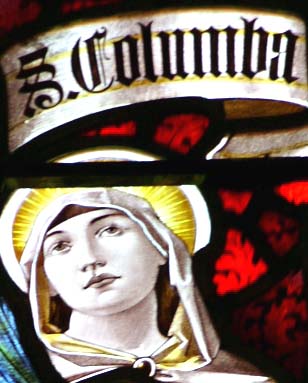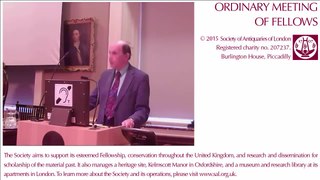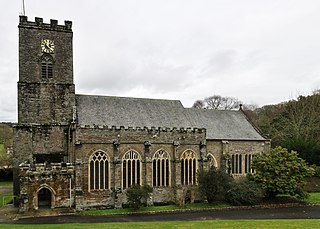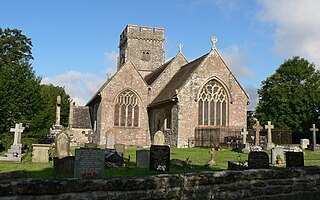
Piran or Pyran, died c. 480, was a 5th-century Cornish abbot and saint, possibly of Irish origin. He is the patron saint of tin-miners, and is also generally regarded as the patron saint of Cornwall, although Michael and Petroc also have some claim to this title.

Petroc or Petrock was a British prince and Christian saint.
Salomon was a late 5th century Cornish 'warrior prince', possibly a King of Cornwall. His feast day takes place on the 18 October. He was the father of the Cornish bishop Saint Cybi.

Brychan Brycheiniog was a legendary 5th-century king of Brycheiniog in Mid Wales.

Columba of Cornwall, also called Columb (English), was a saint from Cornwall who lived in the 6th century. She was born to pagan royalty, but became a Christian after the Holy Spirit, in the form of a dove, appeared to her in a vision. Her parents arranged a marriage to a pagan prince, but she refused the marriage and they imprisoned her. She escaped to Cornwall, where she was again captured and martyred. She is the patron of two churches in Cornwall, in St Columb Major and St Columb Minor, where well-developed traditions arose about her. The traditions include a tale about a spring gushing forth along the path of her blood at the site of her execution and another about a well at the site containing water that would not boil. Various dates in November have been cited as her feast day.

March 4 - Eastern Orthodox liturgical calendar - March 6
Kea was a late 5th-century British saint from the Hen Ogledd —the Brythonic-speaking parts of what is now southern Scotland and northern England. According to tradition he was chiefly active in Cornwall, Devon and Brittany, and his cult was popular in those regions as well as throughout Wales and the West Country. Fili or Filius, to whom the parish church of Philleigh is dedicated, probably came from Wales and is said to have been a companion of Kea.

Saint Cybi (Welsh), or Cuby (Cornish), was a 6th-century Cornish bishop, saint, and, briefly, king, who worked largely in Cornwall and North Wales: his biography is recorded in two slightly variant medieval 'lives'.
Gilbert Hunter Doble was an Anglican priest and Cornish historian and hagiographer.

Mabyn, also known as Mabena, Mabon, etc., was a medieval Cornish saint. According to local Cornish tradition she was one of the many children of Brychan, king of Brycheiniog in Wales in the 5th century. The village and civil parish of St Mabyn is named for her, and the local St Mabyn Parish Church is dedicated to her.

Ia of Cornwall was an evangelist and martyr of the 5th or 6th centuries, flourishing in the area of St Ives, Cornwall. She is said to have been an Irish princess, the sister of Erc of Slane.
Erbin of Dumnonia was a 5th-century King of Dumnonia and saint of Wales.

Nicholas Orme is a British historian specialising in the Middle Ages and Tudor period, focusing on the history of children, and ecclesiastical history, with a particular interest in South West England.

Christianity in Cornwall began in the 4th or 5th century AD when Western Christianity was introduced as in the rest of Roman Britain. Over time it became the official religion, superseding previous Celtic and Roman practices. Early Christianity in Cornwall was spread largely by the saints, including Saint Piran, the patron of the county. Cornwall, like other parts of Britain, is sometimes associated with the distinct collection of practices known as Celtic Christianity but was always in communion with the wider Catholic Church. The Cornish saints are commemorated in legends, churches and placenames.
Caffo was a sixth-century Christian in Anglesey, north Wales, who is venerated as a saint and martyr. The son of a king from northern Britain who took shelter in Anglesey, Caffo was a companion of St Cybi, and is mentioned as carrying a red-hot coal in his clothes to Cybi without his clothes getting burnt. After leaving Cybi, Caffo was killed by shepherds in the south of Anglesey, possibly acting in retaliation for insults Caffo's brother had paid to the local ruler. The area where he died has a village, Llangaffo, named after him, as well as the parish church of St Caffo, Llangaffo.
Saint Senara, also known as Asenora, Sinara, or Sennara, is a legendary Cornish saint with links to the village of Zennor on the north coast of Cornwall, UK. The Church of Saint Senara, Zennor is dedicated to her, and according to legend her name inspired the name of the village of Zennor along with local features like Zennor Head and Zennor Quoit.

The Parish Church of St Hilary is a Grade II* listed Anglican church in the village of St Hilary in the Vale of Glamorgan, south Wales. It is one of 11 churches in the Parish of Cowbridge. It became a listed building on 22 February 1963.

Tetha, also known as Teath, Tecla, and by a variety of other names, was a 5th-century virgin and saint in Wales and Cornwall. She is associated with the parish church of St Teath in Cornwall. Baring-Gould gives her feast day as 27 October, but this has been called a mistaken conflation with Saint Ia. In 1878, it was held on the movable feast of Whit Tuesday. Other sources place it on 1 May, 6 September, and (mistakenly) 15 January. It is no longer observed by either the Anglican or Catholic church in Wales.
Mybbard and Mancus were two Cornish saints of the 6th century.
















